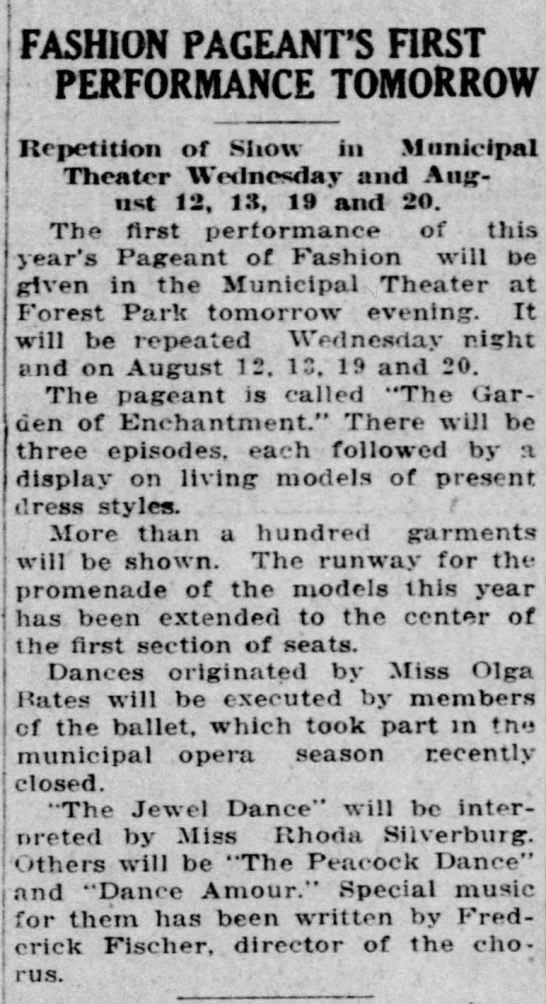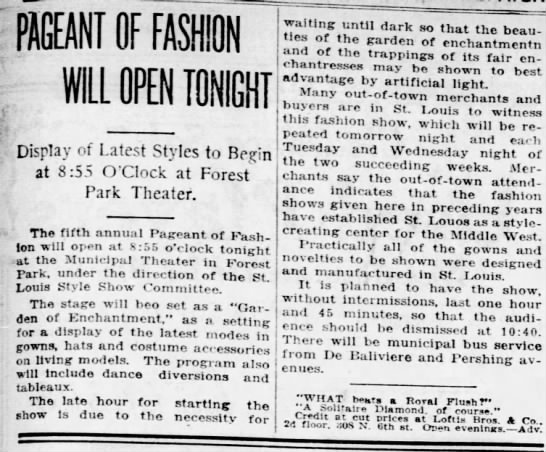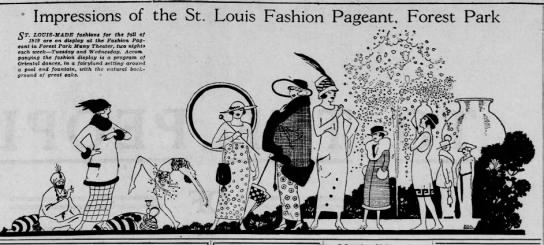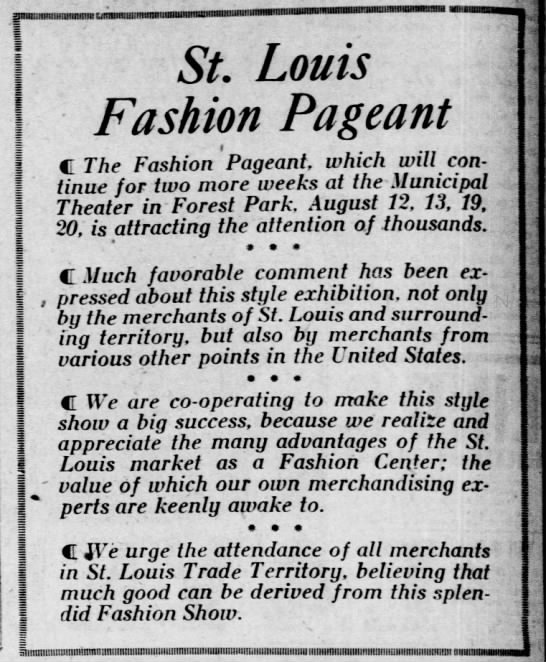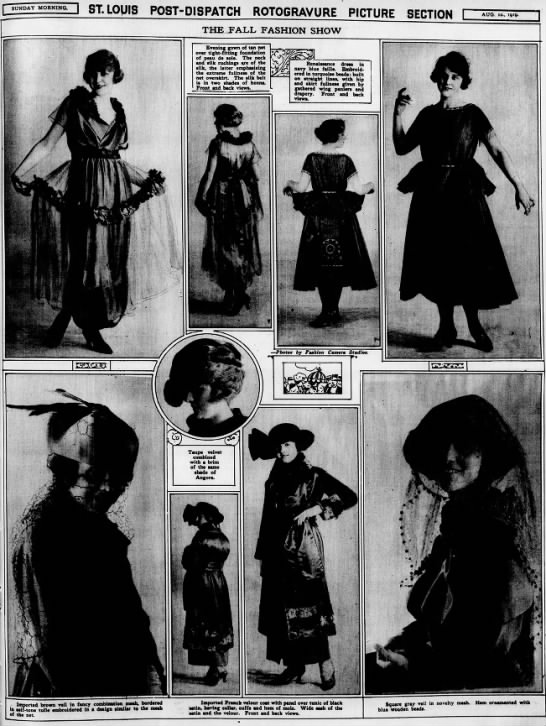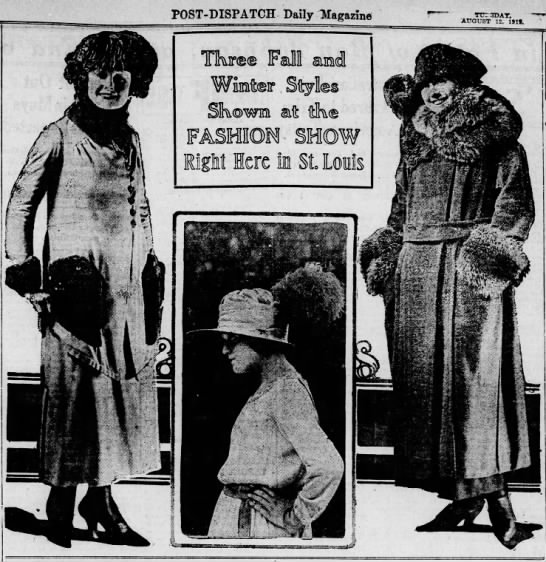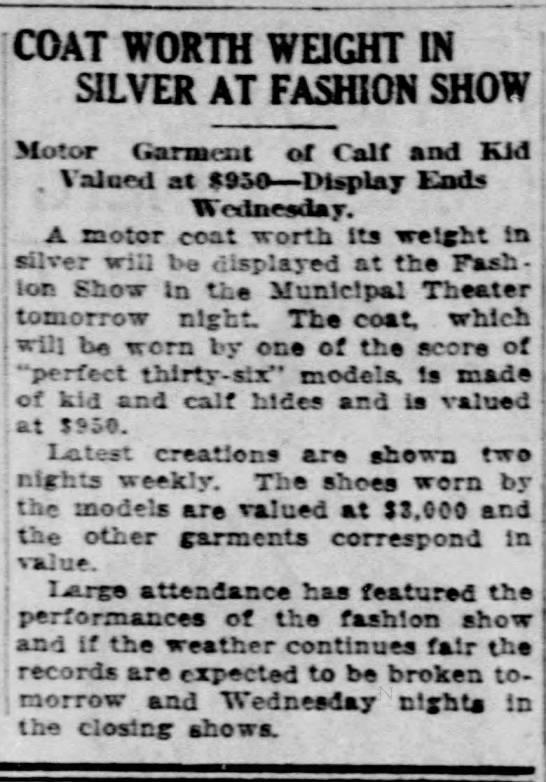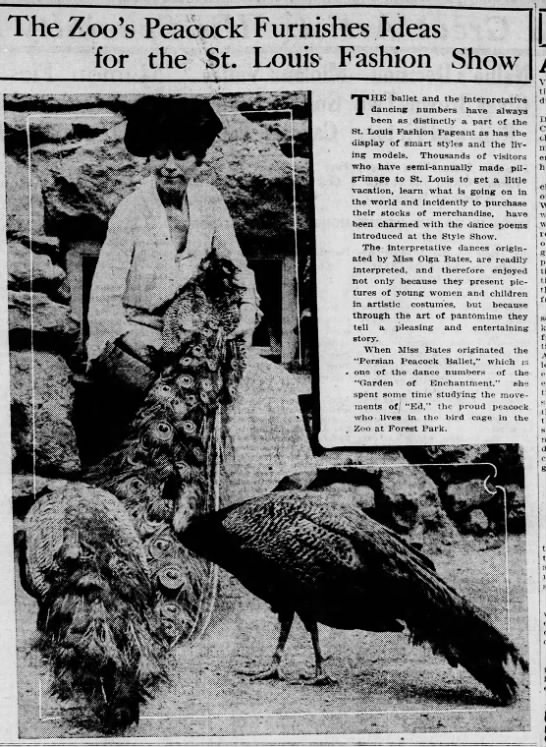We took an overnight trip to Port Huron, Michigan to donate two family heirlooms to the Port Huron Historical Museum.
Gary's New Testament has been in his family for almost 200 years and was given to his great-great-grandmother Margaret McDonald Scovile by John Riley, a Native American important in Michigan history. It will now be part of the museum and eventually go to a Native American museum in the future.
 |
| The John Riley New Testament belonging to Margaret Scoville |
Andrew Kercher, Manager of Community Engagement for the Port Huron Museums, did a quick search and determined the New Testament was published by the American Bible Society. The ABS was founded in 1816. This book may date between 1818 and 1820! Read my blog post about the bible here.
My father's flea market find of a brass oil can for a lighthouse fourth-order fresnel lens will also be part of the museum collection.
 |
| The brass fuel can for a fourth-order fresnel lens |
Port Huron is situated where Lake Huron narrows into the St. Clair River, which then flows past Detroit and into Lake Erie. It is the site of Ft. Gratiot and the Ft. Gratiot Lighthouse, the first Michigan lighthouse.
 |
| St. Gratiot Lighthouse complex |
My contact Shelly arranged for us to stay overnight in the lighthouse keepers home, built in 1870. The house is beautifully restored circa 1930. Bunk beds in the bedrooms are perfect for groups.
 |
| Freighters |
We had lunch at Freighters, enjoying the beautiful view of the river and the freighters streaming downriver.
 |
| freighter under the Blue Water Bridge |
 |
| Freighter coming down the St Clair River |
After lunch we walked along the river as a freighter went by, stopping at the Thomas Alva Edison Museum in the Port Huron Train Depot.
 |
| Thomas Alva Edison museum |
There were nice educational displays about Edison's life and work, and artifacts like this beautiful Edison machine that played wax cylinders.
Next stop was the museum housed in the Carnegie Center. We saw artifacts of native beadwork.
And Great Lakes Maritime displays.
Musical instruments and a violin maker's shop were in another room.
They have a nice collection of vintage clothing, Civil War era rooms, and much more!We met with members of the Port Huron Museum and the Blue Water Indigenous Alliance and formally donated the John Riley New Testament. I told the story of my research into the bible and what I had learned about Riley. The group had recently held their first Pow Wow in many years. Read about it here.
For dinner, we enjoyed the shade and cool breeze on the patio of Tia Gordes. The Mexican food was excellent. I had chicken mole and Gary had poblanos.
Back at the lighthouse, we walked around until dusk.
And then settled into the 1930s era restored rooms to read our books until dark.
I was pleased not to miss the sunrise over Lake Huron. The sun was a ball of bright red.
For breakfast, we returned to downtown Port Huron to Chef Shell's, right next door to where we had dinner. We had wonderful omelets but had to take home a doughnut each after watching streams of people coming to buy a dozen at a time.
We found out why they advertise they have "the best darn donuts!"
On the way back to the lighthouse we saw another ship and talked to a lady who warned us that the largest ship on the lakes was due in 40 minutes. We ran back to the lighthouse to turn in our key. At the Coast Guard Gift Shop, we bought a coffee mug and magnetic bookmarks.
First, we saw a 'salty.' This area has one of Michigan's salt mines. I researched the Michigan Room at the public library and found that Gary's great-great-grandfather Jacob Bellinger appears in the 1919-1922 city directories as a manager at Morton Salt in Port Huron.
Gary decided to walk up to the top of the light. I did not go since I have been experiencing vertigo.
Then finally the MV Paul S. Tergurtha came by, blowing its low horn to warn the sailboat and other craft to clear way.
It was time to say goodbye to this historical light.
I brought home several beach stones and a magnetic book mark.
Before leaving town, I had to stop at the Sew Elegant quilt shop where I picked up fabric with a daisy meadow print.We hope to make a day trip back to Port Huron. We had a lovely time.


































